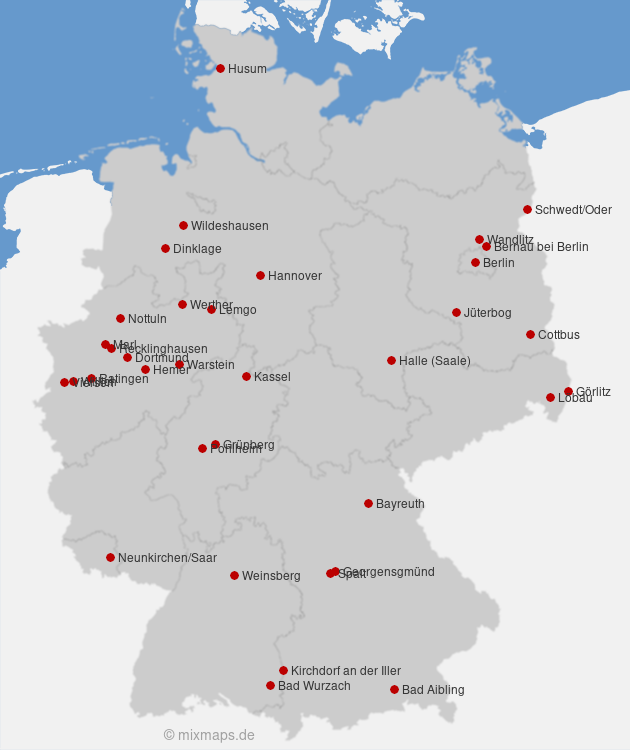From San Diego to Israel and Germany: The Butterfly Project’s Mission of Memory and Empathy Expands Across Borders

Nicole Nocon, a German journalist and the granddaughter of Nazi Party members, met Steven Schindler, the son of local San Diegan Holocaust Survivors Max and Rose Schindler, in 2011.
This encounter developed into a close friendship and partnership, and the pair’s shared wish for remembrance and reconciliation blossomed into international support of The Butterfly Project’s Holocaust education.
When Steven and his family would visit Cottbus, Germany, they would always return to the same small private school where Steven’s Uncle Alfred was arrested as a young boy in 1938. Encouraged by the schoolchildren’s interest and empathy in the Schindler family story, the idea was born to bring The Butterfly Project to Germany.
The Butterfly Project was first introduced in Germany in 2018, at Bewegte Grundschule. In the days after the event, schools and organizations from across Germany reached out, eager to learn how they could join The Butterfly Project.
Since then, Nicole Nocon has taken on the role of coordinating The Butterfly Project in Germany. Programming in Germany is the same as it is in the United States, with the exception of the biography cards. Every student still paints a butterfly in remembrance of a child and still learns about the Holocaust. However, every student in Germany who takes part in the Butterfly Project receives a unique biography card.
We are often asked why and how this is possible.
“It’s important to the students that they are the only ones to paint a butterfly for this murdered child,” says Nicole. “This means that additional biographies have to be researched for each Butterfly Project.” Nicole alone wouldn’t be able to meet the demand without help from Ulla Hadar.
Ulla lives in Kibbutz Ruhama in Israel. Through the partnership between San Diego and her region of Sha’ar HaNegev, Ulla first came into contact with The Butterfly Project during a visit to California in 2007. She has been involved in TBP since then, tirelessly researching the biographies of thousands of child victims of the Holocaust.
“Sometimes I get stuck on one card, because I’m a family researcher. I get curious, and I start looking for everybody, and then suddenly I find a link somewhere, and the Survivor interview, and I’m excited, and I get the pictures,” reflects Ulla.
“Sometimes there’s nothing at all. Sometimes, even if you know a lot of things, it’s not all written down. When I was talking to the [descendents of Holocaust Survivors], I said to them, ‘Do you have relatives? Do you have children in your family? Go ask your grandparents, your great grandparents, your parents, if there were children. I am always available to try to help people find their roots, because it’s so important that you know who you are, and without a past, you don’t have a future.”
Ulla Hadar has researched, among other things, the biographies of the child victims from the Vilnius Ghetto. Ulla and Nicole, too, have developed a close partnership. In June 2025, the pair were invited to Vilnius, Lithuania, to present The Butterfly Project to Lithuanian teachers at a seminar hosted by The Olga Lengyel Institute (TOli).
Altogether, over 3000 butterflies have been painted to date in Germany. The Butterfly Project has been brought to students 52 times across 37 different schools, and Nicole receives inquiries from new schools on a regular basis.
Educators across Germany have shared that The Butterfly Project was exactly what they had been looking for: a meaningful way to teach their students about the Holocaust, with a focus on empathy and hope.
Nicole and Ulla hope to contribute to The Butterfly Project’s continued spread in Germany and Israel and across Eastern Europe.
Locations in Germany that have participated in The Butterfly Project.


